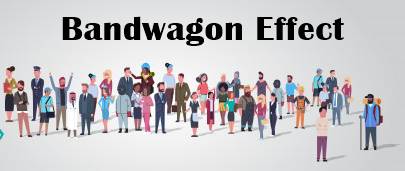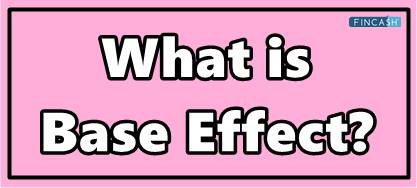What is the Ratchet Effect?
One of the Keynesian theories, a Ratchet Effect says that once prices have increased in lockstep to a risen aggregated demand, they don’t reverse when the demand decreases.

Explaining the Ratchet Effect
Specific Economics trends are likely to self-perpetuate, especially for the production. For instance, if a store with consistent sales adopts specific company changes, like staff overhaul, new managerial strategies or improved incentive programs, the store may earn more revenues than before.
However, this store may find it challenging to validate less production. Considering that companies are always looking forward to growth and more profit margins, it isn't easy to increase productions again.
Therefore, the ratchet effect is known as the escalation in prices or production that self-perpetuate. Once the production capacity is multiplied or costs have been increased, it is impossible to reverse these alterations as people get influenced by the highest production level.
The initial mention of ratchet effect came in Jack Wiseman and Alan Peacock's work – The Growth of Public Expenditure in the United Kingdom. Wiseman and Peacock discovered that public spending upsurges like a ratchet after a crisis.
Like that, governments face issues in taking down bureaucratic organizations that were only created for temporary requirements, like during economic crisis, etc. The government's ratchet effect version is the same as the one experienced in huge businesses that add a variety of bureaucracy layers to support complex, larger types of services, products, and infrastructure.
Talk to our investment specialist
Also, the ratchet effect may leave an impact on large-scale company’s Capital investments. For instance, in the auto Industry, competition compels companies to create new features for their automobiles consistently.
This needs extra investment in the latest equipment, machinery, and labour while increasing the cost. Once a firm makes this investment and add features, it turns arduous to bring down the production. The company cannot afford to waste investment in physical capital needed for the human capital or upgrades.
As far as the consumer point of view is concerned, the same principles are applied to the ratchet effect as increased expectations raise consumption. Suppose a bottled water firm has been producing one bottle with 20 grams for 10 years. And then, it decreases the size to 15 grams. Consumers might feel tricked, even if the price has been reduced.
This ratchet effect is also applied to wage increases. Rarely does it happen when labourers accept a decreased wage. However, there might even be some such labourers who would be dissatisfied with insufficiently increased compensation.
All efforts have been made to ensure the information provided here is accurate. However, no guarantees are made regarding correctness of data. Please verify with scheme information document before making any investment.












